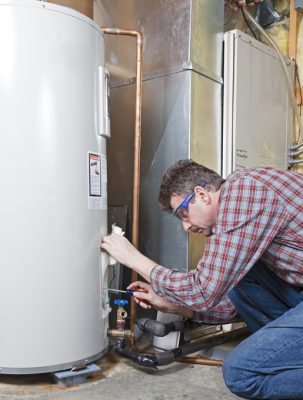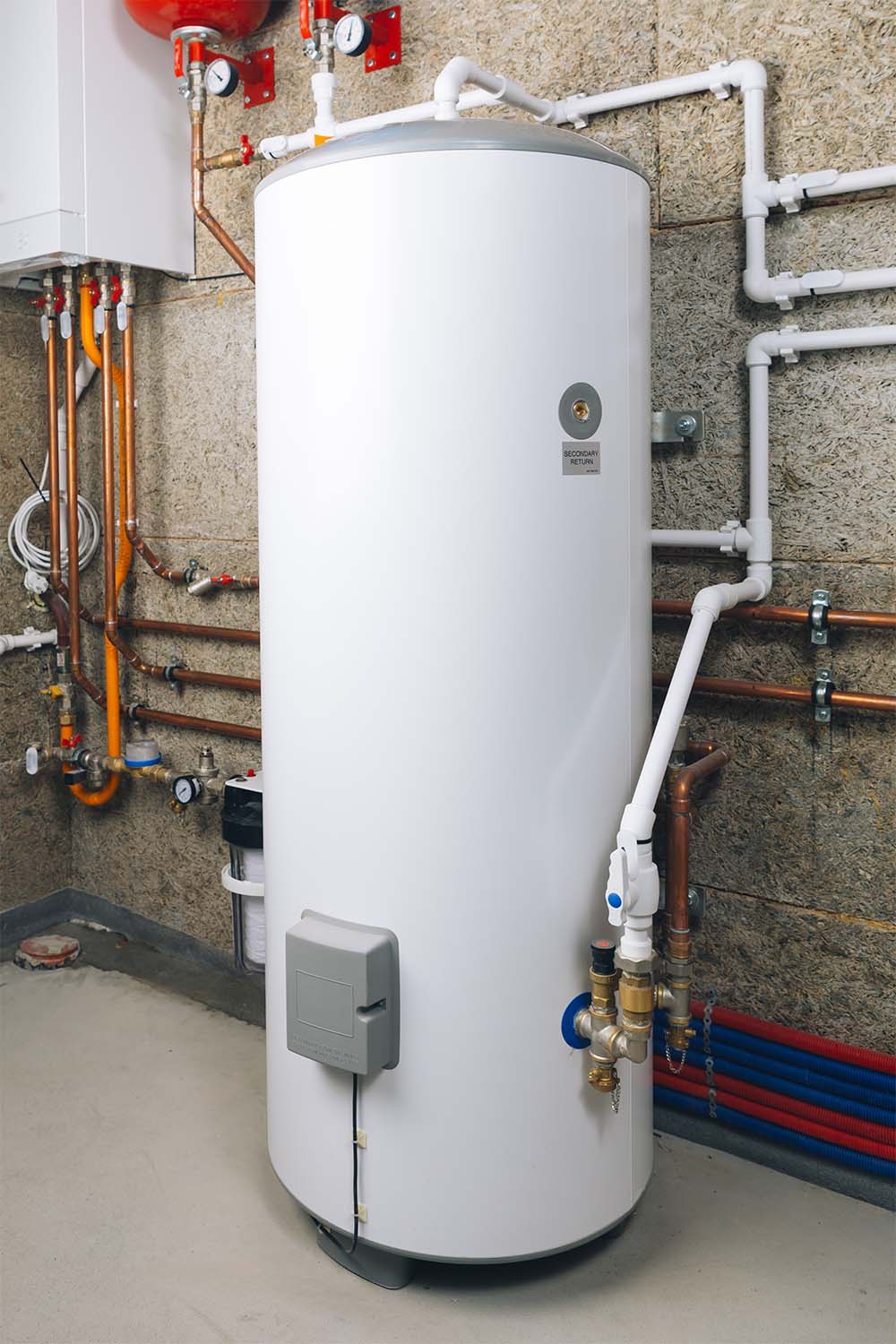Ways to Keep Your Home's Hot Water System in Good ConditionEasy Methods to Maintain Your Home's Hot Water System EffectivelyEffective Ways to Maintain Your Home's Hot Water System Effectively
Ways to Keep Your Home's Hot Water System in Good ConditionEasy Methods to Maintain Your Home's Hot Water System EffectivelyEffective Ways to Maintain Your Home's Hot Water System Effectively
Blog Article
Just how do you feel in regards to Water Heater Maintenance Tips You Can't Afford to Forget?

Hot water is important for everyday convenience, whether it's for a refreshing shower or washing meals. To ensure your hot water system runs efficiently and lasts longer, normal maintenance is crucial. This write-up gives functional suggestions and understandings on exactly how to keep your home's hot water system to stay clear of interruptions and pricey repair work.
Intro
Maintaining your home's hot water system may appear difficult, yet with a few straightforward steps, you can ensure it runs smoothly for many years ahead. This guide covers every little thing from understanding your hot water system to do it yourself maintenance ideas and recognizing when to contact specialist help.
Significance of Keeping Your Warm Water System
Regular maintenance not only prolongs the life-span of your hot water system but likewise ensures it operates effectively. Disregarding maintenance can result in reduced effectiveness, greater energy bills, and even premature failure of the system.
Indications Your Warm Water System Demands Maintenance
Recognizing when your warm water system needs focus can avoid significant issues. Keep an eye out for indicators such as irregular water temperature, weird sounds from the heating system, or corroded water.
Recognizing Your Warm Water System
Prior to diving right into upkeep jobs, it's valuable to recognize the standard parts of your warm water system. Commonly, this consists of the hot water heater itself, pipes, anode rods, and temperature controls.
Monthly Maintenance Tasks
Regular monthly checks can aid capture minor concerns prior to they rise.
Purging the Hot Water Heater
Flushing your water heater removes sediment accumulation, improving efficiency and prolonging its life.
Monitoring and Changing Anode Rods
Anode poles stop corrosion inside the storage tank. Evaluating and changing them when worn is vital.
Inspecting and Changing Temperature Level Setups
Changing the temperature setups makes sure ideal performance and safety.
DIY Tips for Maintenance
You can carry out several upkeep jobs yourself to keep your hot water system in leading problem.
Looking for Leakages
Consistently inspect pipes and connections for leakages, as these can result in water damage and greater expenses.
Testing Stress Relief Valves
Checking the pressure safety valve guarantees it functions correctly and protects against extreme pressure buildup.
Insulating Pipes
Shielding warm water pipelines minimizes warmth loss and can save power.
When to Call a Professional
While DIY maintenance is beneficial, some concerns require professional knowledge.
Complicated Concerns Calling For Specialist Assistance
Instances consist of major leakages, electrical issues, or if your water heater is continually underperforming.
Routine Expert Maintenance Perks
Professional upkeep can consist of extensive inspections, tune-ups, and making sure compliance with safety and security standards.
Verdict
Regular maintenance of your home's warm water system is important for effectiveness, longevity, and expense financial savings. By following these ideas and recognizing when to seek expert aid, you can guarantee a reliable supply of hot water without unanticipated interruptions.
How to Maintain an Instant Hot Water Heater
Before tinkering with your hot water heater, make sure that it’s not powered on. You also have to turn off the main circuit breaker and shut off the main gas line to prevent accidents. Also turn off the water valves connected to your unit to prevent water from flowing into and out of the appliance. 2. When you’re done, you have to detach the purge valves’ caps. These look like the letter “T” and are situated on either side of the water valves. Doing so will release any pressure that has accumulated inside the valves while at the same time avoid hot water from shooting out and burning your skin. 3. When the purge valves’ caps are removed, you have to connect your hosing lines to the valves. Your unit should have come with three hoses but if it didn’t, you can purchase these things from any hardware or home repair shops. You can also get them from retail stores that sell water heating systems. Read the user’s manual and follow it to complete this task properly. When the hosing lines are connected, open the purge port’s valves. 4. You should never use harsh chemical cleaners or solutions when cleaning your unit. Make use of white vinegar instead. It should be undiluted and you’ll probably use about 2 gallons. 5. Now flush your water heater. This task should probably take about 40 minutes. We can’t give you specific directions for this because the procedure is carried out depending on the type, model and brand of your heater. With that being said, refer to the user’s manual. 6. When you’re done draining the unit, you have to turn off the purge port valves again. Remove the hosing lines that you earlier installed on each of the water valves. Put the valve caps (purge port) back in their respective places and be very careful so as not to damage the rubber discs that are found inside these caps. 7. Now that everything’s back in place, check your user’s manual again to find out how to reactivate your water heating system. 8. Once it is working, turn one of your hot water faucets on just to let air pass through the heater’s water supply pipes. Leave the tap on until water flows smoothly out of it. https://www.orrplumbing.com/blog/2014/september/how-to-maintain-an-instant-hot-water-heater/

Do you like reading up on Tips on Maintaining a Water Heater? Give feedback further down. We'd be delighted to listen to your views about this write-up. In hopes to see you back again soon. Please take the time to distribute this page if you enjoyed reading it. I love your readership.
Schedule Service Report this page